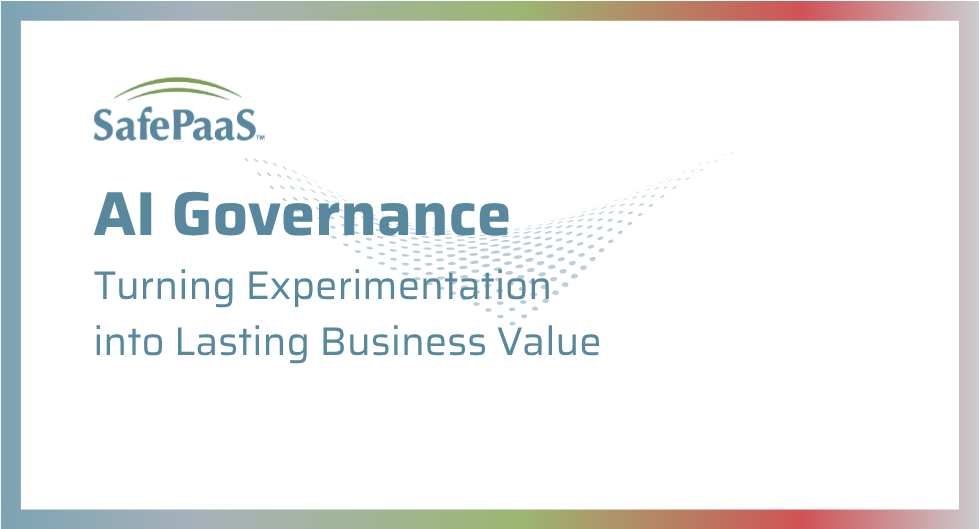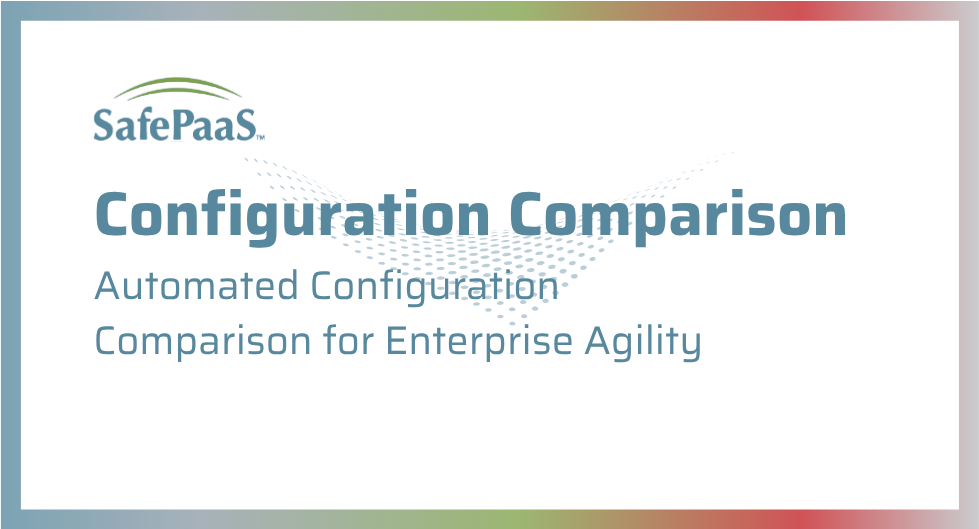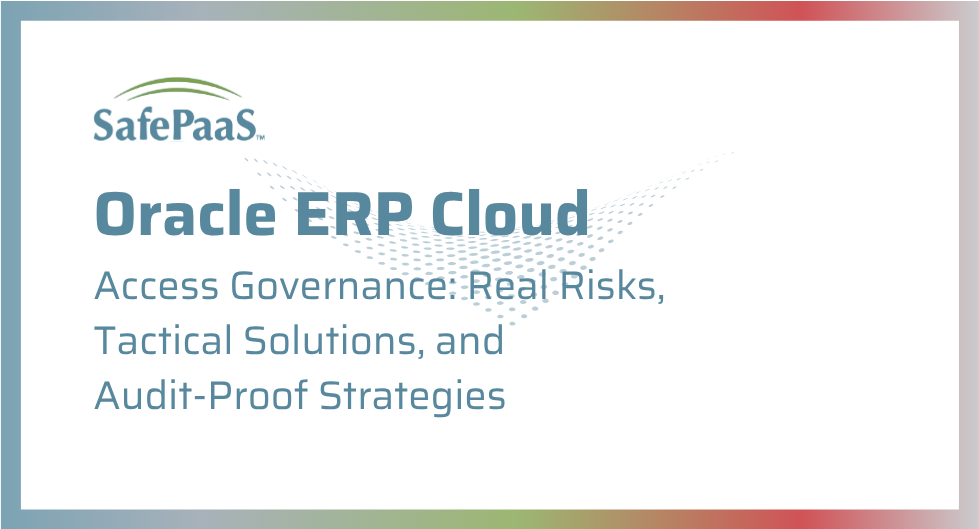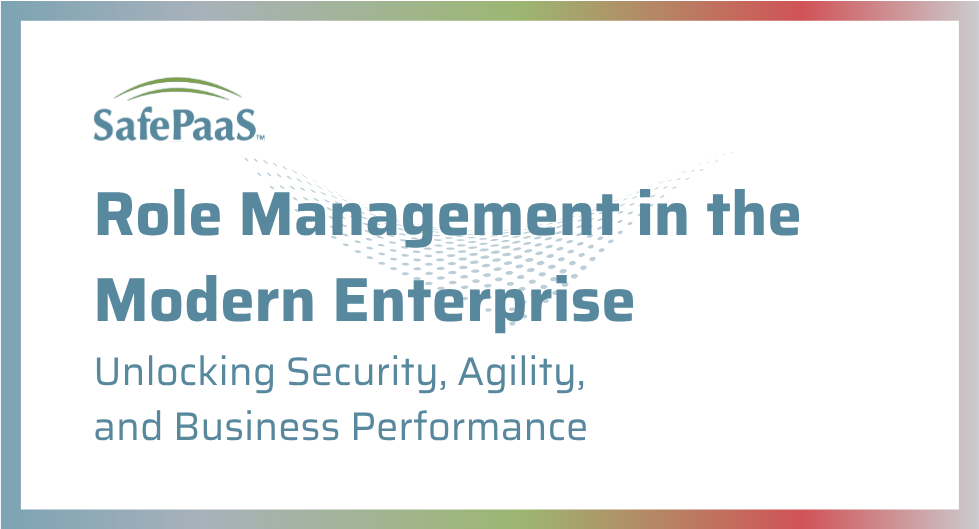Despite the incredible promise of artificial intelligence, most AI projects in large organizations fail to deliver meaningful business results. By understanding and proactively addressing governance and identity challenges, forward-thinking enterprises can transform their approach and unlock sustainable innovation.
The Scale of the Challenge
Recent research indicates that 95% of enterprise AI projects fail to deliver meaningful business impact. While this alarming figure could be dismissed as growing pains for an emerging discipline, a closer look reveals a pattern: these failures often track back to structural issues in accountability, ownership, and governance.
Many organizations launch AI pilots amid a wave of excitement and experimentation. However, responsibility for deliverables, security risks, and ongoing value quickly becomes fuzzy. Too often, it’s like allowing every chef to improvise their own recipe in a restaurant—without a head chef to set direction or standards, chaos ensues and results rarely satisfy.
From AI Pilots to Strategic Assets
Experimentation fuels progress, but enterprises must eventually pivot from “testing new tech” to genuine, production-grade adoption. This inflection point introduces new risk. Without robust lifecycle management, AI agents and bots created for short-term projects can linger, accumulating unchecked access and privileges.
A best practice emerging from successful transformations is purpose-based identity governance. Every identity—whether human or machine—should have:
- A clearly defined purpose and scope.
- Documented access and privilege parameters.
- A set expiration or review date for all privileges.
By mirroring the standards used for employee onboarding and offboarding, organizations can avoid the “zombie bot” problem and reduce long-term exposure.
Identity, Access, and the Rise of Shadow Risks
As AI becomes more deeply embedded in workflows, the risk profile changes dramatically. The process layer—where AI agents operate with broad, often poorly defined, access—becomes a hotbed for unintended consequences. For example, an AI deployed to optimize logistics might soon find itself approving purchases well outside established policy, simply because its access is too extensive and boundaries aren’t clear.
This is not malicious intent. Rather, AI systems, like a curious pet, will “explore” all areas they can unless programmed with explicit boundaries. A system without these controls might, for example, access confidential records or trigger financial actions with no human oversight.
Traditional identity management systems, designed in an era of static roles and periodic reviews, are inadequate for these new realities. Enterprises now need policy-based and adaptive controls, tailored to each AI agent based on real usage context, risk, and business need.
Shadow Identities: The Hidden Threat
Shadow identities, or hidden AI/bot accounts created outside formal registration, are one of the fastest-growing risks in modern enterprise environments. These “ghost agents” can amass privileges over time, often escaping notice until after they’ve been exploited or have contributed to a security incident.
This risk is amplified by the proliferation of third-party AI models that may need integration with critical data and systems. Without clear visibility and automated registration protocols, it’s easy to lose track of which bots exist, who owns them, and what they are doing.
Proven controls for this new risk include:
- Mandatory registration of all AI agents before any access is granted.
- Automated continuous scanning of identity inventories to flag unauthorized or “shadow” accounts.
- Built-in audit trails that associate every privilege escalation and access grant with a human owner and a documented rationale.
Bringing Culture Along: Governance as an Accelerator
Technology isn’t the only barrier. Often, culture and perception present even bigger obstacles. Teams, especially in high-pressure innovation environments, may view governance as bureaucratic red tape—a blocker to fast progress.
However, when framed and implemented correctly, modern governance acts as an accelerator, not a brake. Automated guardrails and continuous oversight remove the fear of out-of-control AI or compliance surprises. When teams understand that governance provides real-time visibility, trust, and the freedom to experiment safely, adoption accelerates.
Organizations that demystify policy automation, make review processes predictable, and position compliance as an innovation enabler win both in speed and security.
Automation, Monitoring, and Real-Time Audit
Manual, periodic reviews are relics of the past. With hundreds or thousands of automated agents interacting across enterprise systems, real-time automated monitoring and auditing are essential.
Best-in-class platforms now feature:
- Continuous, automated tracking of every privilege action and access decision.
- Real-time alerting for outlier behaviors or policy violations.
- Transparent, immutable audit logs that support both compliance requirements and rapid incident response.
Not only does this reduce the operational overhead traditionally associated with audits, but it also positions compliance as a real-time, always-on function—freeing business leaders to focus on growth and opportunity, not firefighting.
Predictive and Dynamic Governance: The Next Step
Looking to the future, AI governance platforms themselves will become more intelligent. By analyzing usage patterns and learning from ongoing risks, these platforms will dynamically adjust policies and controls—not just to respond to problems but to anticipate and prevent them.
This feedback-driven, adaptive governance means compliance is “baked in” from the earliest stages of any project, growing alongside its use, and allowing leadership to reframe oversight as a strategic advantage.
Practical Example: Privileged Access Gone Rogue
Consider a multinational enterprise deploying an AI agent to streamline financial operations. Initially, it automates routine approvals. Over time, with no automated privilege expiry or role review set up, the agent’s access grows: first to purchasing, then to administrative functions, and eventually—unnoticed—to sensitive banking functions as people “temporarily” increase its rights for various projects.
If just a single user forgets or neglects to revert these privileges, the agent has effectively become a superuser, able to initiate wire transfers or expose confidential data, all outside normal policy review. With adaptive, automated governance, this scenario is caught and addressed in real-time—before damage occurs.
Key Steps for Enterprise AI Governance Maturity
- Establish purpose-based roles for every identity—human and machine.
- Set clear expiry, review, and documentation requirements for all access.
- Automate monitoring and audit trails using advanced identity governance platforms.
- Educate and empower teams: Shift the perception of governance from restrictive to enabling.
- Embrace adaptive, feedback-driven controls as the foundation for scaling AI safely.
From Risk to Resilience
The accelerating adoption of AI brings massive promise, but only for organizations willing to mature their approach to governance and identity risk. By prioritizing accountability, automating review and controls, and “baking in” compliance from the start, enterprises don’t just keep up—they gain a distinct competitive advantage.
Ready to modernize your identity governance and unlock the real value of AI? Now is the time to act.
For more guidance, actionable insights, and updates on enterprise AI governance, subscribe to our newsletter or contact our team for a tailored consultation.








